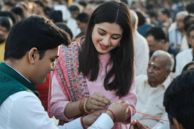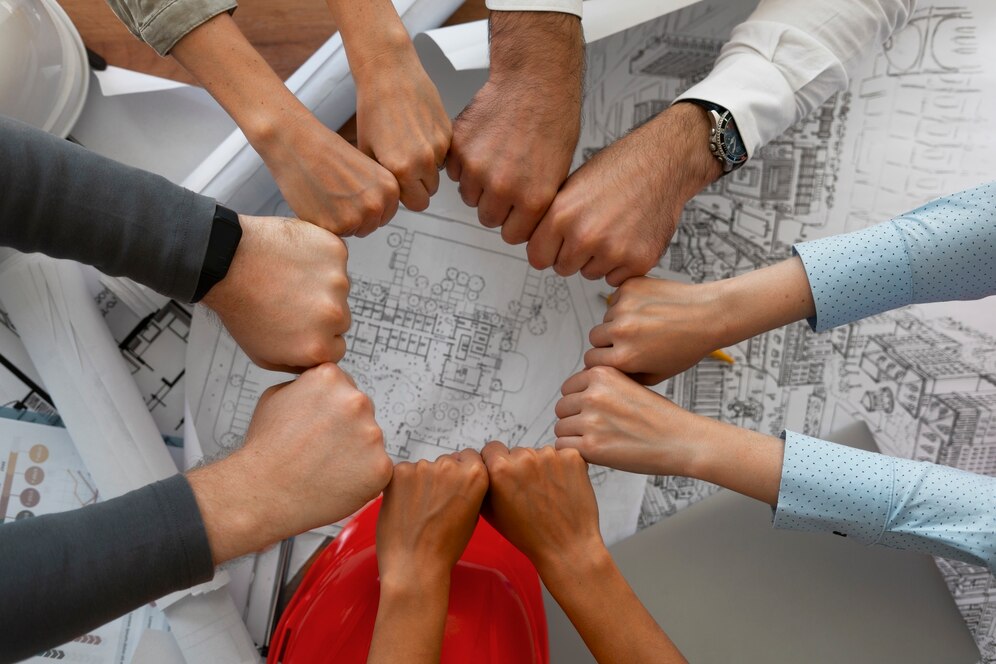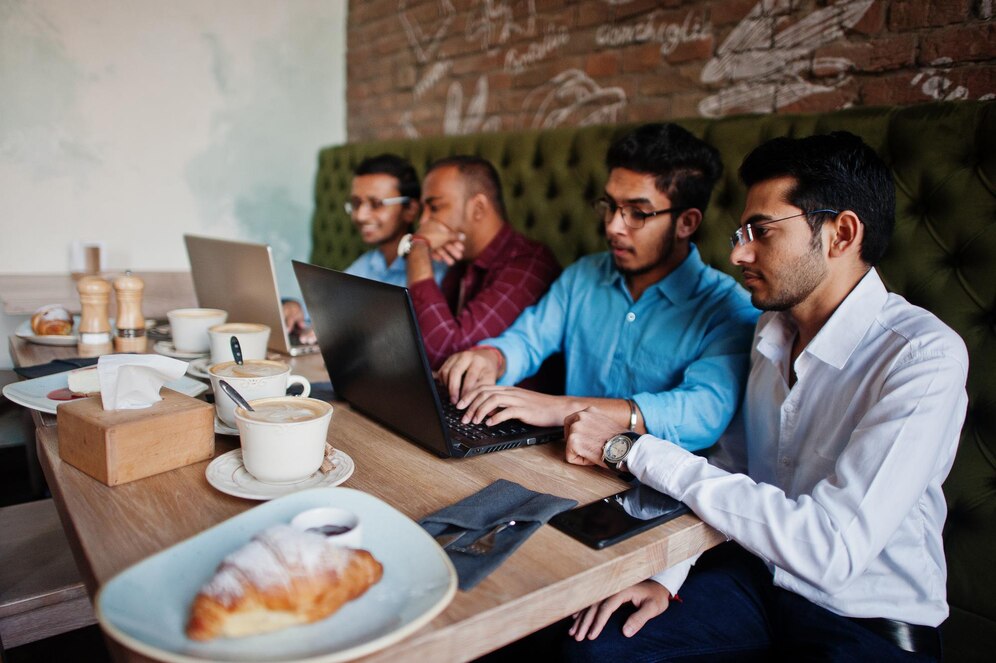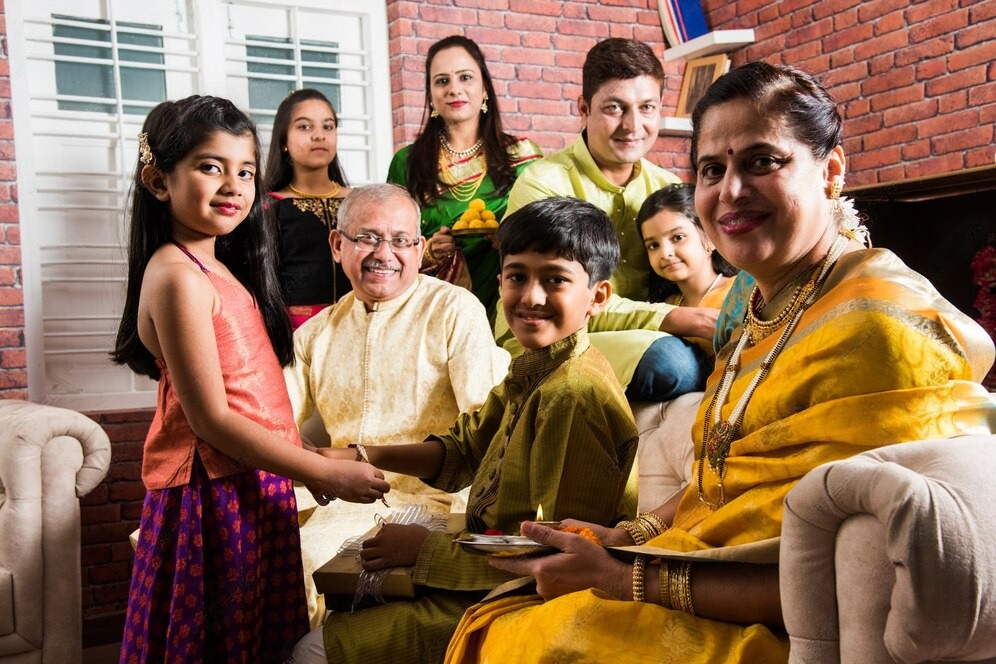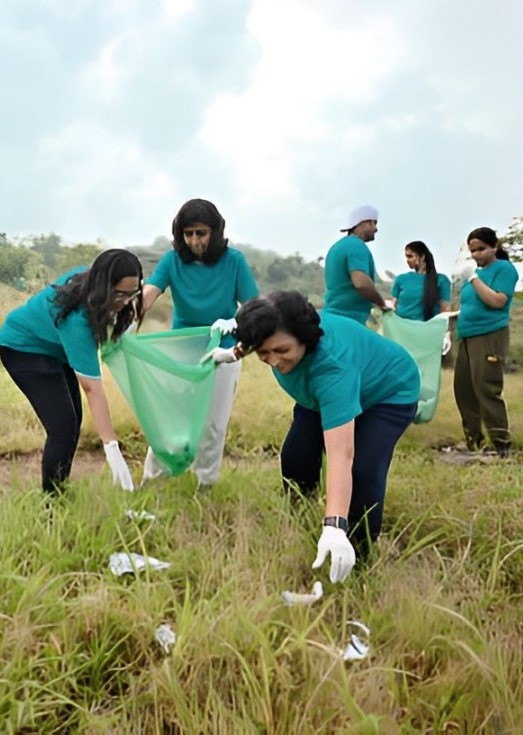

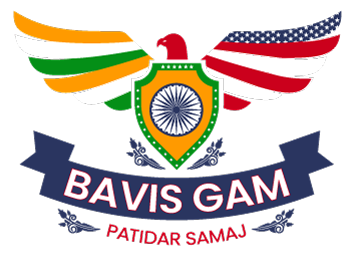
About Bavis Gam Patidar Samaj
Founded in 1990, Bavis Gam Patidar Samaj of North America connects Patidar families, preserving our cultural heritage and fostering unity. We strive to support our members’ growth while celebrating our traditions in a modern landscape.
Bavis Gam Patidar Samaj of North America unites Patidar families across generations. We are dedicated to preserving our rich culture, fostering meaningful connections, and supporting personal and professional growth while embracing our shared heritage in today’s world.
The Origins of Patidars in Gujarat
The name ‘Patel’ had been in use for three hundred years, when a man called Vasandas from Piplav (Kheda) village was offered the job of collecting land revenues in the Dholka, Matar and Petlad area. Vasandas was a brave man and had a good deal of influence over the Mogul King, Aurangzeb. During one of his meetings (1703A.D.) with Kanbis at Piplav, he invited Bahdur Shah (Son of Aurangzeb) to his meeting and asked his permission to use the word ’Patidar’ instead of ‘Kanbi’.
The Meaning of Patidar is Landowner: Pati = land, Dar = owner. During this period Nagar Brahmins had the sole authority to collect the land taxes and therefore used to have the upper hand on the Patidars and harass them. They used to work them extremely hard and confiscate their lands for no apparent reason. Fortunately, Vasandas used his influence on the mogul administrators to transfers the tax collection powers to the Patidars. As a consequence, the Patidar tax collectors were given the titles of ‘Amin’ and ‘Desai’. Therefore, the Patidars caste began to incorporate three surnames Patel, (2) Amin, (3) Desai and Vasandas became the first ever Gujarati Amin!
The Modern Patidar Community
The adventurous Patidar community were to find the boundaries of Gujarat very limiting. East Africa was becoming more prosperous and offered attractive prospects. The arrival of railway in East Africa attracted many Gujaratis across Indian Ocean, into jobs as station masters, guards, and clerks. As the railway system expanded in Kenya and Uganda, Patel also spread to many small and medium sized towns and villages for trade. The traditional farmers’ sons from Gujarat became successful traders in East Africa. Two decades (1950 – 1970) were known as golden years for the Patel communities.
In early seventies, the East African countries got their Independence in succession. In 1972 a tragic result of Idi Amin’s expulsion of Asians from Uganda, led thousands of Gujarati families to migrate to the UK. For the initial part of their new lives, first generation immigrants worked in offices, shops, and factories. Thereafter they secured their own businesses – chiefly corner shops we still see today. They work extremely hard, put in long hours, and encouraged their children to aspire to educational success. The second generation of these Gujarati/Patels studied hard and flourished in higher education. Many graduated with degrees in pharmacy, engineering, and medicine – traditionally only dreamt of by their parents!
Today, there are many Gujaratis/Patels, young and old, leading very comfortable lives in various sectors within British society. Many with careers as professionals, in industrial sectors, the commercial space or politics. Patels can also be found thriving as entrepreneurs in a profession or trade, in towns and cities in India and virtually all over the world.
Since the inception of Bavis Gam Patidar Samaj of North America, Inc. on June 26th, 1990, we have done an admirable job in preserving our culture throughout the times. Living in a western world, assimilating to a new way of life, while maintaining a distinct cultural identity and holding on to our traditions has been extremely challenging for us as it has been for all ethnic groups that have come before us. Like most immigrant Americans, we also find ourselves in this constant struggle to preserve the best values and traditions of our culture. Continuing our Samaj is becoming more challenging as our first- and second-generation children, and the pioneer generation, who came here in 1960s, are getting older.
Immigration to the United States from India started in the early 19th century when Indian immigrants began settling in communities along the West Coast. Although they originally arrived in small numbers, new opportunities arose in middle of the 20th century, and the population grew larger in following decades. As of 2019, about 2.7 million Indian immigrants resided in the United States. Today, Indian immigrants account for approximately 6% of the U.S. foreign-born population, making them the second-largest immigrant group in the country, after Mexicans and ahead of immigrants from China and the Philippines. The United States is the second most popular destination for Indians living abroad, after the United Arab Emirates (3.4 million).
These days, social networking is essential for our traditions, to not only survive but to thrive, and in keeping our Patel heritage going strong in this vast and diverse nation. We, the elders of our society, have an obligation to pass on the culture and traditions to our future generations. Heads of household, our youth, and elders (grandparents) each play very important, thoughtful, and active roles in preserving our way of life. Therefore, all are urged to attend and actively participate in our programs. An important aspect of our Samaj includes the marriages of our youth amongst our Patel families, within same Gor is preferred. In good faith, Samaj will organize at least 3 events per year (Picnic, Garba, and Diwali dinners). We encourage the newer generations to come up with fresh ideas and organize more events, present to the Executive Body, get approval for fundraising, and access the volunteer resources of the Bavis Gam.
We want to have fun times while simultaneously guiding & helping each other (via Social & Economical means) by keeping close contact through the platform of this society. Therefore, everyone is requested to help in designing and volunteering for our programs. Specifically, the younger members, are welcome to make constructive suggestions to help us design and orient our programs to better suit the current social, entertainment, networking, and ever-changing lifestyle needs.
Our Gaam(s)
